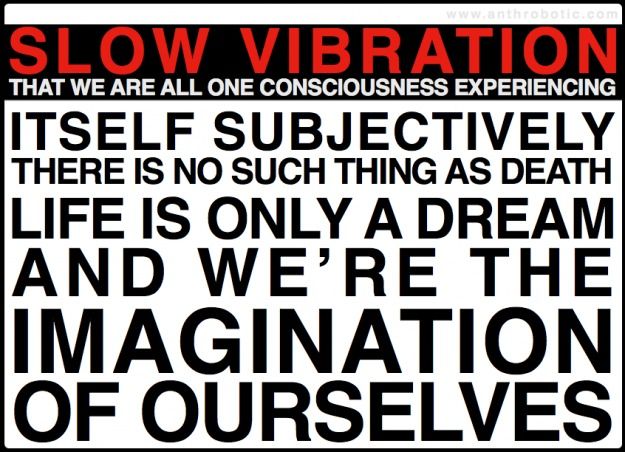Nov 1, 2012
Seven Features of Black Holes Ignored by CERN jeopardize Planet
Posted by Otto E. Rössler in categories: existential risks, particle physics, transparency
1) Unchargedness (Reissner disproved)
2) Arise more readily (string theory confirmed)
3) Are indestructible (Hawking disproved)
4) Are invisible to CERN’s detectors (CERN publication disconfirmed)
5) Slowest specimens will stay inside earth (conceded by CERN)
6) Enhanced cross section due to slowness (like cold neutrons)
7) Exponential growth inside earth (quasar-scaling principle)
The final weeks of 2012 will again double the danger that the earth is going to be shrunk to 2 cm after a delay of a few years. No one on the planet demands investigation. The African Journal of Mathematics did the most for the planet. I ask President Obama to demand a safety statement from CERN immediately. The planet won’t forget it. Nor will America the beautiful. P.S. I thank Tom Kerwick who deleted all my latest postings on Lifeboat for his demanding a “substantiated” posting. I now look forward to his response.
Appendage: “It may Interest the World that I just found T,L,M in Einstein’s 1913 paper on Nordström (“On the present state of the problem of gravitation”) – so that it can no longer be ignored. The result is inherited by the full-fledged theory of general relativity of 1915 but was no longer remembered to be implicit. I give this information to the planet to show that my black-hole results (easy production, no Hawking evaporation, exponential voraciousness) can no longer be ignored by CERN. They call for an immediate stop of the LHC followed by a safety conference. I renew my appeal to the politicians of the world, and especially President Obama, to support my plea. Everyone has the human right to be informed about a new scientific result that bears on her or his survival. I recommend http://www.pitt.edu/~jdnorton/papers/einstein-nordstroem-HGR3.pdf for background information” — 2nd Nov.

 A systematic decay rate of white dwarf stars in the galaxy is possibly implicit in the data that the LSAG scientists of CERN just sent you and which you kindly forwarded to me.
A systematic decay rate of white dwarf stars in the galaxy is possibly implicit in the data that the LSAG scientists of CERN just sent you and which you kindly forwarded to me.








